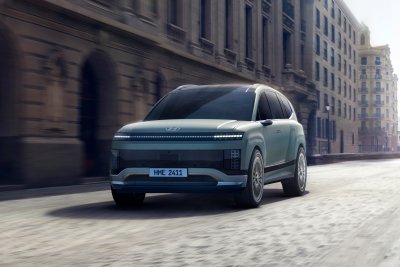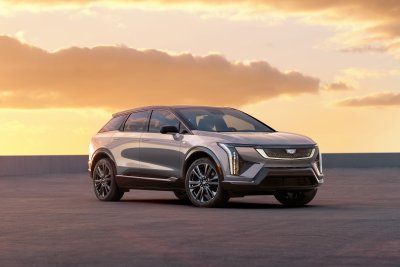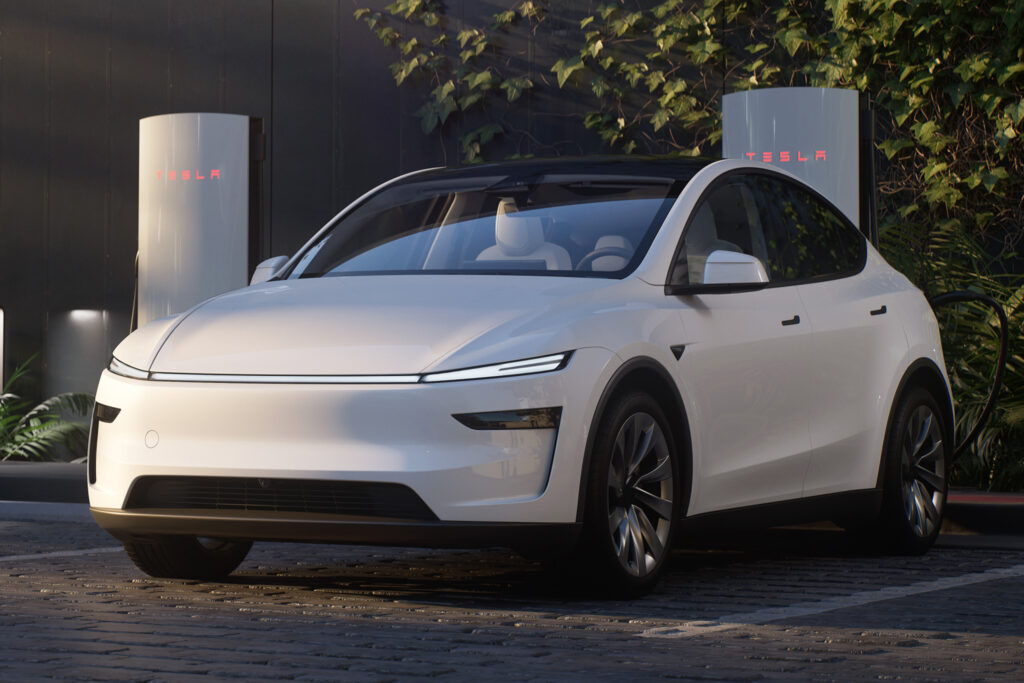The Evolution of EVs: An Industry in Transition
The electric vehicle (EV) landscape in the United States is on the brink of significant transformation as traditional automakers pivot towards more mainstream offerings. According to J.D. Power’s E-Vision Intelligence report, while the overall share of battery-electric vehicles (BEVs) may stabilize in 2025, the market will see a substantial shift in the types of models available to consumers.
This year marks a pivotal moment as automakers such as Chevrolet, Ford, Honda, Hyundai, and Kia introduce more accessible EV models. These mainstream electric vehicles accounted for 376,000 units sold in 2024, marking a 58 percent increase from the previous year. Despite this growth, they still represent a modest share of total U.S. sales.
These emerging mainstream options have contributed to a decrease in average BEV prices, making them slightly more affordable than their gas-powered counterparts. The average cost of a BEV is now around $44,000, compared to $45,000 for gasoline-powered vehicles, hybrids, and plug-in hybrids. Federal tax credits have played a crucial role in bridging this price gap.
Elizabeth Krear, vice president of the electric vehicle practice at J.D. Power, highlighted the importance of affordability and effective communication regarding the convenience and total cost of ownership of EVs. “These traditional brands can draw from their loyal customer base, but the trend to look for will be the affordability compared to gas-powered equivalents and the ability to communicate the convenience and total cost of ownership of an EV,” Krear told Newsweek.
J.D. Power’s research indicates that federal EV tax incentives have been a major driver of increased sales, with these programs being a top reason for purchase among Volkswagen (81 percent), Chevrolet (77 percent), and Tesla (72 percent) buyers.

Hyundai Motor America
The year 2025 is set to witness the debut of several new and revamped BEVs, including an upgraded Tesla Model Y. Enhancements such as a quieter ride with acoustic glass, an extended all-electric range, and improved suspension are among the changes. Globally, Tesla sold over 1.7 million Model 3/Ys last year, making it one of the top-selling vehicles behind the Ford F-Series, Chevrolet Silverado, and Toyota RAV4 in the U.S.
The landscape will further diversify with the introduction of models like the Jeep Wagoneer S, Volvo EX30, Rivian R2, Cadillac Optiq, Dodge Charger Daytona, and Hyundai Ioniq 9.
Alex Knizek, associate director of auto test development at Consumer Reports, emphasized the importance of these new EVs. “The new Model Y is the big one. It has all the updates from the latest Model 3 including the lights and mirrors and powertrain, and it’s very mainstream. But sales are down so the changes are going to be very important,” Knizek said. “We saw a little boost with the new Model 3; this will definitely be bigger.”
Rivian’s next big bet, the Rivian R2, is anticipated to hit the market in 2025 as a 2026 model year vehicle. This midsize SUV promises affordability, targeting a price range of $45,000-$55,000, making it a crucial model for Rivian’s expansion into the mainstream market.
“The Rivian R2 is super important for the company as they try to expand into more mainstream, affordable SUVs. That’ll be key to their success as they don’t have gasoline models to fall back on like many of these other automakers,” said Knizek.
For Stellantis’ American brands, including Jeep, Dodge, Chrysler, and Ram, the upcoming 12 months will be critical. Paul Waatti, director of industry analysis at AutoPacific, stressed the significance of the company’s upcoming launches, such as the Jeep Wagoneer S and the Ram 1500 Ramcharger, which combines electric power with a gasoline generator.

General Motors
As the EV market continues to evolve, stabilization in market share suggests a solid foundation for future expansion. Automakers are focusing on diversifying their electric portfolios to cater to a wider audience. Paul Waatti noted, “Some stabilization in EV market share suggests that while growth is flattening, the foundation is laid for future expansion. Automakers’ focus is on diversifying their electric portfolios and introducing models across various segments to appeal to a broader audience and price points.”
Krear concurs, predicting that 2025 will be a significant year with over 58 EV models available for retail, coinciding with a two-year peak in consumer interest in EVs, as indicated by J.D. Power’s surveys.
Original Story at www.newsweek.com
